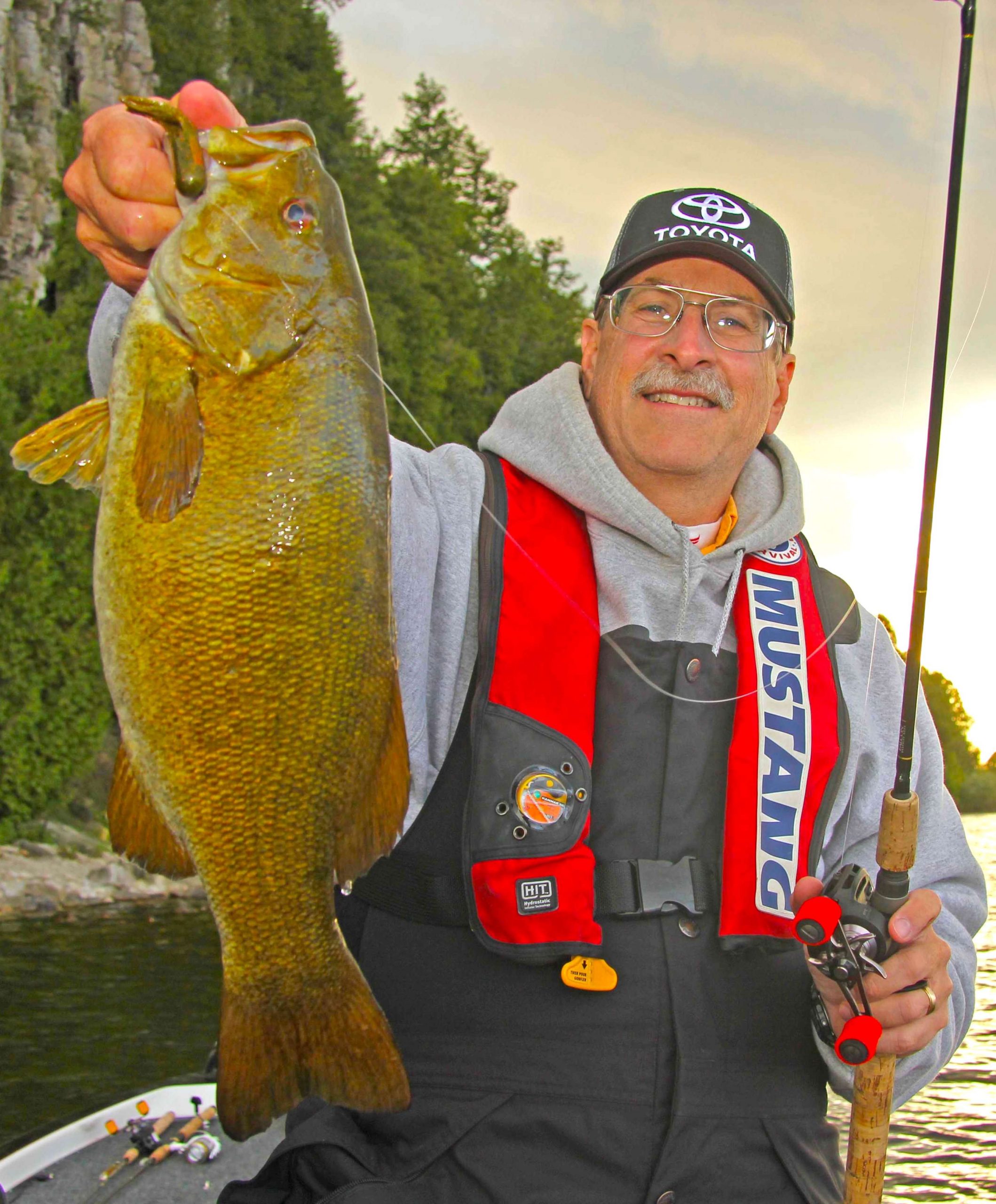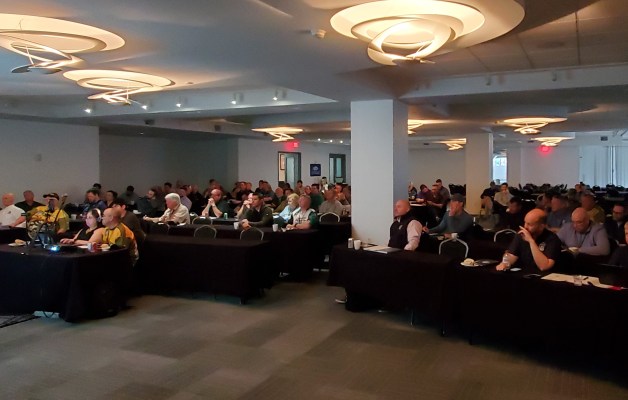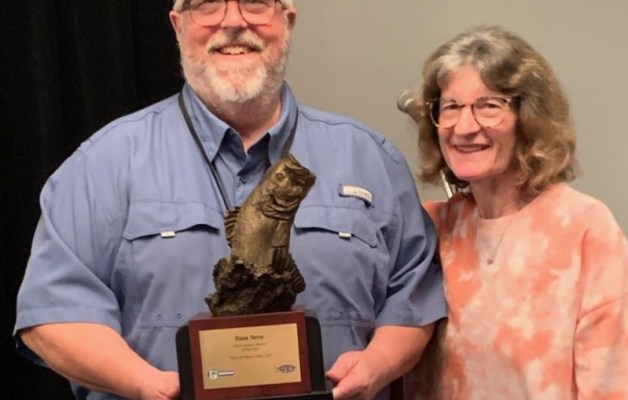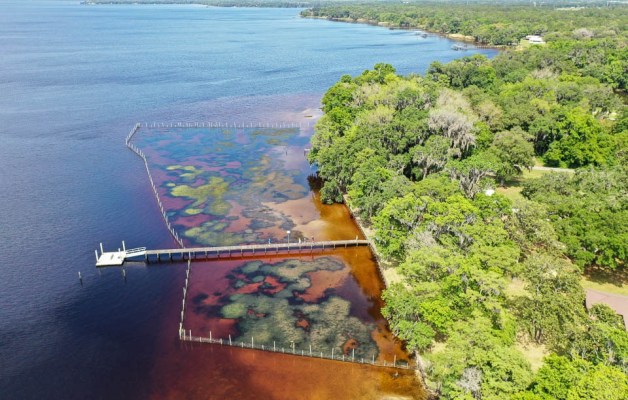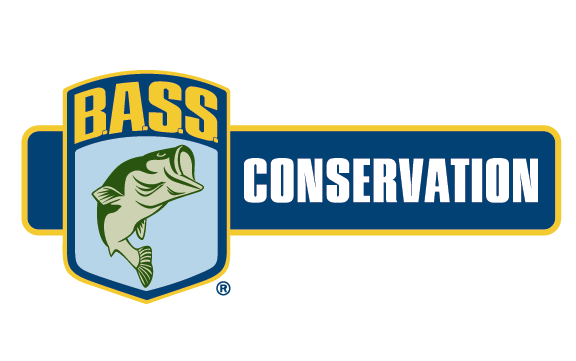
Construction on Lake Conroe began in 1968 to create a new water supply reservoir for the City of Houston. Completed in 1973, the dam formed a 20,118-acre reservoir in deep East Texas. The upper third of lake flooded bottomlands in the Sam Houston National Forest resulting in abundant standing timber and rich fish habitat.
The pine trees were so thick they had to cut lanes in the timber to allow navigation in and out of the timbered coves. The lower two-thirds of basin was cleared during construction and the adjacent land was sold to developers resulting in extensive commercial and residential development. Only 45 miles from the fourth largest city in the county, Conroe was quickly becoming a new watery playground for the Houston elite.
Texas Parks & Wildlife Department began stocking northern strain largemouth bass and forage fish in ponds and creeks in the watershed in 1970, even before construction was completed. Conroe produced a lot of bass during that “new-lake” boom period. Fish grew well and the lake attracted anglers from all over the state. Florida-strain bass were first introduced in 1979, which resulted in a boom in the numbers of trophy bass some six to ten years later.
Outside the occasional drought or hurricane, water levels at Conroe were generally stable. This lead to the establishment of aquatic vegetation early in the lake’s life. Before long though, hydrilla found its way into the lake and became firmly established.
I’m going to date myself here when I talk about fishing Conroe from a two-seat, 15-foot Skeeter Metro bass boat with “stick” steering and a 65-horsepower Mercury outboard. I was a kid with a passion for bass fishing and this was a hot new lake just 90 miles from Texas A&M University where I was studying fisheries biology.
When I started college, the hydrilla was just getting a foothold. It made for excellent fishing – concentrating the bass and providing great nursery habitat for little bass and forage fish. But by 1980, Conroe was infested with almost 10,000 acres of hydrilla. Half of the reservoir surface! The clear water and gradual slopping bottom created areas where the weeds grew out to depths of 20 feet and many private docks, condominiums, marinas and resorts were virtually inaccessible by water much of the year. Some areas had beds of dense hydrilla that grew out from the shoreline over 200 yards.
I recall once zipping down a boat lane and making a turn into cove I’d fished the year before and actually getting stuck – my outboard wasn’t powerful enough to push my boat through the dense vegetation.
How many of you carry a 20-plus-foot push pole?
Fishing was good but the infestation seriously limited boating access and other recreational use at the reservoir. To gain relief from the overabundant exotic vegetation, in 1980, influential local residents and business owners pressured the Texas Legislature to direct Texas A&M University into stocking 270,000 grass carp that were paid for by the Lake Conroe Association at a cost of $700,000. That’s almost 30 carp per acre of vegetation – three times the now recommended rate. By 1983, aquatic plants had been completely eliminated. They had deployed the “nuclear option.”
And boy, oh boy did the fishing change. The bass didn’t disappear but with the loss of the hydrilla it altered their behavior drastically. Over a fairly short time it went from fishing grass to off-shore structure. As the lake aged, the once thick standing timber rotted down to stumps and pole timber. In the lower cleared part of the lake, the deeper humps and drops became a big player. Anglers complained long and loud but it was too late, they had to adapt. There was no turning back because grass carp live for 20 years.
Conroe remained largely devoid of aquatic vegetation until 1995 when TPWD in conjunction with the Corps of Engineers, the San Jacinto River Authority and Texas Black Bass Unlimited began trying to establish native aquatic vegetation. They introduced several species of submersed, emergent, and floating vegetation to improve the habitat for juvenile and adult bass and forage fish.
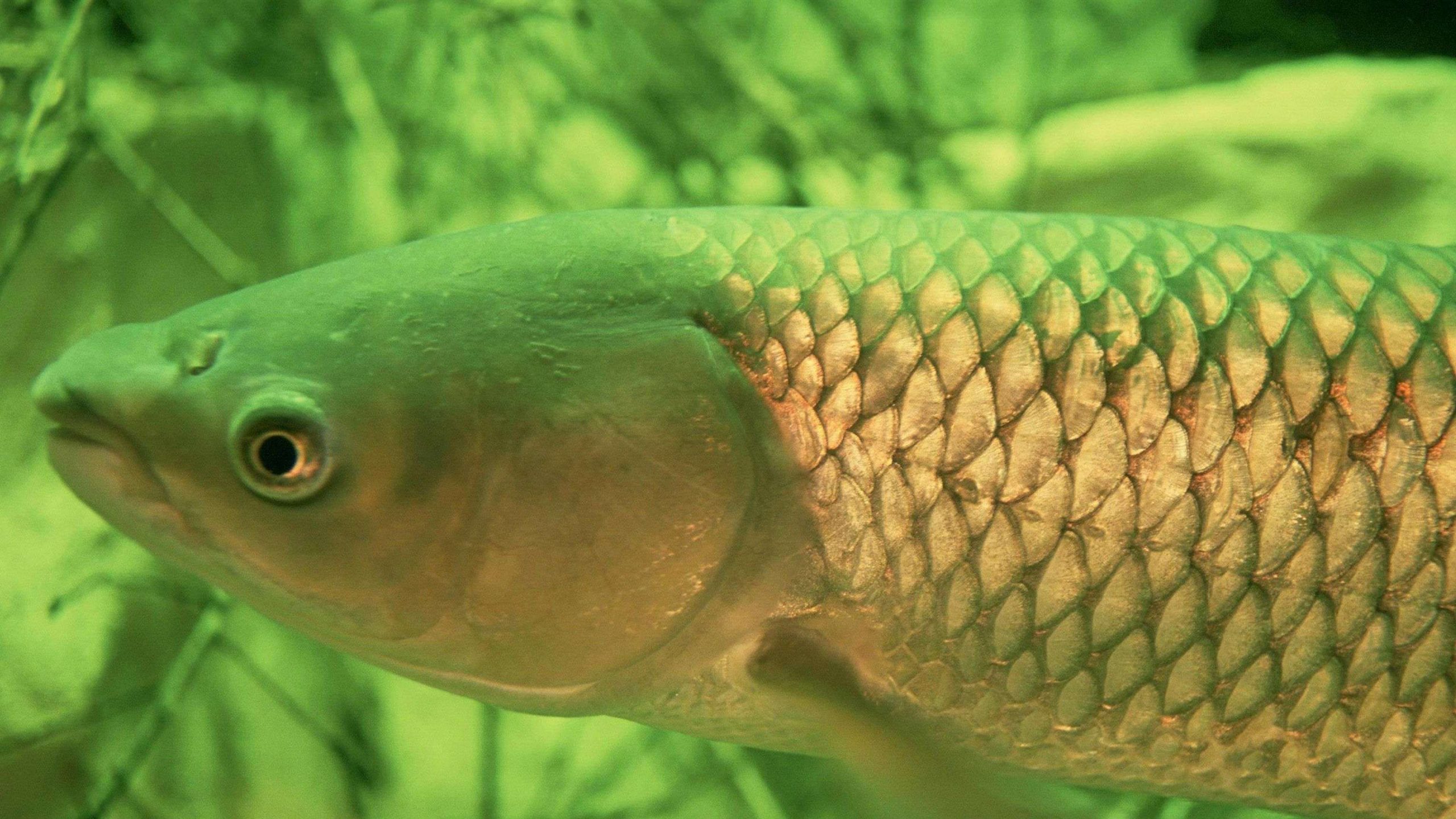
But in 1996 as the numbers of old grass carp dwindled, hydrilla re-emerged. For the next nine years, TPWD and SJRA successfully treated hydrilla with herbicides while allowing the native vegetation to expand. However, by 2005, a mere 900 acres of hydrilla had re-established and that was enough to create a demand among the Lake Association members for a hydrilla management plan that including stocking grass carp. More grass carp were introduced in 2006 through 2008.
These stockings were successful at reducing the hydrilla infestation to levels called for in the management plan, but unfortunately they also crippled the efforts to re-establish native vegetation that had grown to cover 1,000 acres. Following the second grass carp stocking, the acreage was reduced to less than 150 acres. Grass carp-resistant emergent species such as reeds, rushes and water willow that only grow in shallow water along shorelines are what is surviving.
In a never-ending battle to help re-establish the native vegetation, TPWD, SJRA and their partners, including the B.A.S.S. Nation’s Seven Coves Bass Club, have continued to plant carp-resistant native vegetation. The construction of a plant nursery below the dam on SJRA property allows the partners to propagate healthy, mature plants that are transplanted into the lake.
Over time as the grass carp numbers decline there is hope that a balance will be struck allowing sufficient vegetation to enhance bass and forage fish recruitment, but not become the problem that required the nuclear option that eliminated the grass back in the 80s.

